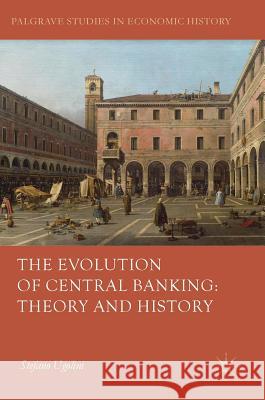The Evolution of Central Banking: Theory and History » książka
topmenu
The Evolution of Central Banking: Theory and History
ISBN-13: 9781137485243 / Angielski / Twarda / 2017 / 330 str.
Kategorie:
Kategorie BISAC:
Wydawca:
Palgrave MacMillan
Seria wydawnicza:
Język:
Angielski
ISBN-13:
9781137485243
Rok wydania:
2017
Wydanie:
2017
Ilość stron:
330
Waga:
0.56 kg
Wymiary:
21.01 x 14.81 x 2.06
Oprawa:
Twarda
Wolumenów:
01
Dodatkowe informacje:
Bibliografia
Wydanie ilustrowane
Wydanie ilustrowane











